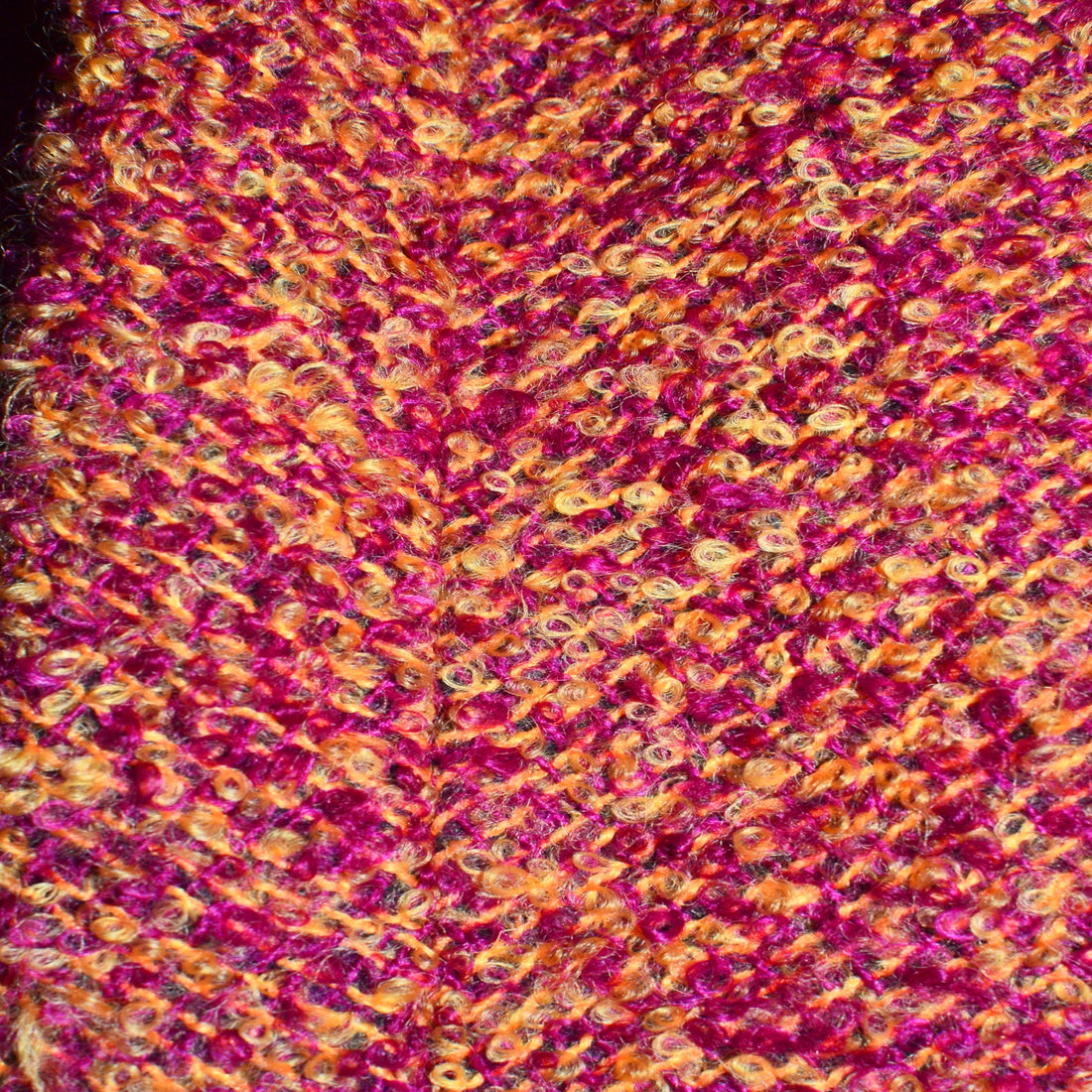
Knit Stitches 101: Tips and Tricks for Perfecting Your Knitting Skills
Knit Stitches 101: Tips and Tricks for Perfecting Your Knitting Skills
Knitting is a relaxing and rewarding hobby that has recently grown in popularity. Whether you are a beginner or an experienced knitter, obtaining the right techniques and perfecting your stitches is essential to making the perfect project. This guide will provide you with tips and tricks to help perfect your knit stitches and become a master knitter.
Choosing the Right Yarn and Needles
Pick the right yarn and needles to knit with to make the perfect stitch. Choosing the right type of yarn will make it easier for you to work with the needles and create beautiful stitches. Wools, cottons, and acrylics are commonly used materials for knitting. Wools are warm and soft, beautiful vibrant colours, and they are perfect for people who have cold hands. Cottons can be used in warm weather and they are easy to wash. Acrylics are relatively cheap and they come in a variety of colours, making them the ideal yarn for beginners.
Knitting needles come in many different sizes, lengths and types of materials. The size and length of a knitting needle are determined by the thickness of the yarn and the stitches that you want to create. The most common materials used for knitting needles are bamboo, plastic, or aluminium. Consider the type of stitch you want to create and select the correct needles and yarn to make it easier for you to knit.
Mastering the Basic Knitting Stitches
Before moving onto complex patterns or different types of stitches, master the basic knitting stitches. The knit stitch and the purl stitch are the foundation of all knitting, hence it is essential to have a good understanding of these two stitches to be a good knitter.
The knit stitch is the most common stitch used in knitting. With the yarn in back of the needle, insert the right-hand needle from front to back to the first stitch on the left-hand needle. Loop the yarn over on the right-hand needle and draw the new-looped yarn back through the old looped yarn. Knit the entire row to create a knit stitch.
The purl stitch is the opposite of the knit stitch as it makes bumps on the back of the fabric. With the yarn in front of the needle, insert the right-hand needle from the back to the first stitch on the left-hand needle. Loop the yarn over on the right-hand needle and draw the new yarn back through the old yarn loop on the needle. Purl an entire row to create purl stitch.
Casting On and Off
The first step to starting a new knitting project is to cast on. It is the process of forming the first row of stitches that attach to the knitting needle. The casting on process will determine the tightness of the stitches and how the finished product will look. The basic cast-on technique is to make a slip knot and place it on the needle. Put the needle with the slip knot in your left hand, and use your right hand to wrap the yarn around your left index finger.
When you have finished your project, it is time to cast off or bind off. Binding off secures the stitches and ensures that they do not fall apart. To do the basic cast-off technique, knit two stitches and then stick the left-hand needle into the first stitch. Pass the first stitch over the second stitch and off the needle. One stitch remains on the right-hand needle. Continue this process until the last stitch on the left-hand needle remains
Reading Knitting Patterns
Kntting patterns are a knitting code translated into letters and instructions. It is essential to learn how to decode knitting patterns before embarking on a complicated project. Most patterns begin with the number of stitches to be cast on and the intricate to follow. Knitters use pictorial charts or written descriptions displayed in rows or rounds to keep track of the knitting pattern being used. Carefully study the pattern before you start to avoid having to redo your work later.
Taking Care of your Knitting Projects
Properly caring for your knitted items is essential as it ensures that they last and remain beautiful. Ensure that you read the care instructions on the label of the yarn you used or the pattern. Make sure to wash, bleach, and iron your knitted items according to their instructions. A common mistake is overstretching, which can damage your knitted items turning the fabric loose, making the item look old and beaten. To avoid this, avoid hanging your knitted item, lay them flat to dry.
Conclusion
Kntting is a beautiful art form, and perfecting your stitch will make it easier for you to create beautiful and intricate pieces. Whether you are a beginner or an experienced knitter, incorporating these tips into your knitting routine will help you create exceptional pieces. Knit with yarns and needles that you are comfortable with, master the basics, read patterns carefully, and properly care for your items.